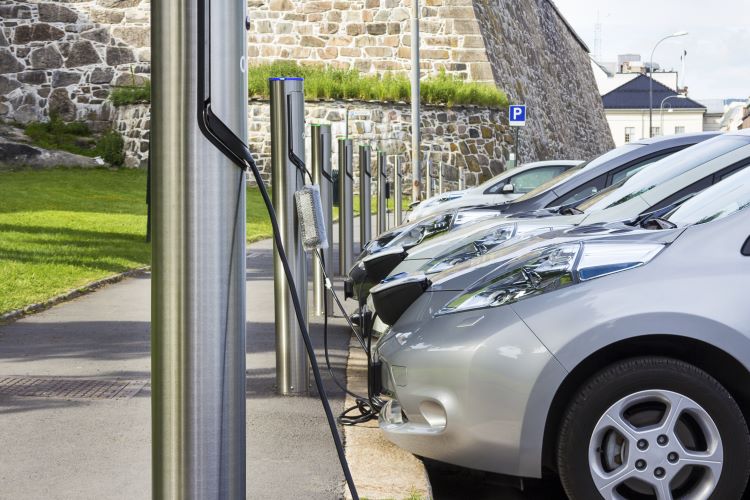The Allure of Superchargers: Boosting Engine Performance and Power
The supercharger, a mechanical device that increases an engine's horsepower by forcing more air into the combustion chamber, has a storied history in the automotive industry. The concept was originally conceived by a German engineer, Gottlieb Daimler, in the late 19th century, but it was not until the 1920s that it became a common feature in high-performance vehicles, particularly in race cars. Back then, superchargers were primarily used to compensate for power loss at high altitudes. However, their ability to significantly boost engine power soon became apparent, leading to their widespread adoption in the automotive industry.

Supercharging Today: A High-Octane Renaissance
Fast forward to the present day, and superchargers are enjoying a resurgence in popularity. This is largely due to the modern trend of downsizing engines to improve fuel efficiency and reduce emissions, while still demanding high performance. The supercharger, with its ability to provide a significant power boost without a substantial increase in engine size, fits the bill perfectly.
The Impact of Supercharging: Power and Performance
The beauty of supercharging lies in its simplicity. By forcing more air into the engine, it allows for more fuel to be burned, thus producing more power. More importantly, unlike turbochargers, superchargers provide immediate power boost from the moment the throttle is opened, eliminating what is known as “turbo lag.” However, this power does come at a cost. Superchargers are mechanically driven by the engine, meaning they draw power to operate, which can decrease overall fuel efficiency.
The Challenges of Supercharging
Despite its many benefits, supercharging is not without its challenges. The biggest of these is heat. As the supercharger compresses the intake air, it also heats it up. This hot air, when mixed with fuel, can lead to detonation, a form of abnormal combustion that can damage the engine. To counter this, many modern superchargers are equipped with intercoolers to cool down the intake air.
The Future of Supercharging: Smaller, More Efficient Engines
Looking towards the future, the role of superchargers in the automotive industry is likely to grow. As manufacturers continue to downsize their engines in the name of efficiency and emissions reduction, the demand for superchargers to maintain performance levels will likely increase. Moreover, advancements in supercharger technology, such as electric superchargers, promise to provide the power boost of a traditional supercharger without the fuel efficiency penalty.
In conclusion, the supercharger, with its ability to dramatically boost engine power and performance, plays a unique role in the automotive industry. Despite its challenges, its future looks promising as manufacturers continue to seek ways to balance power and efficiency in increasingly smaller engines. As such, the allure of supercharging is unlikely to fade anytime soon.




